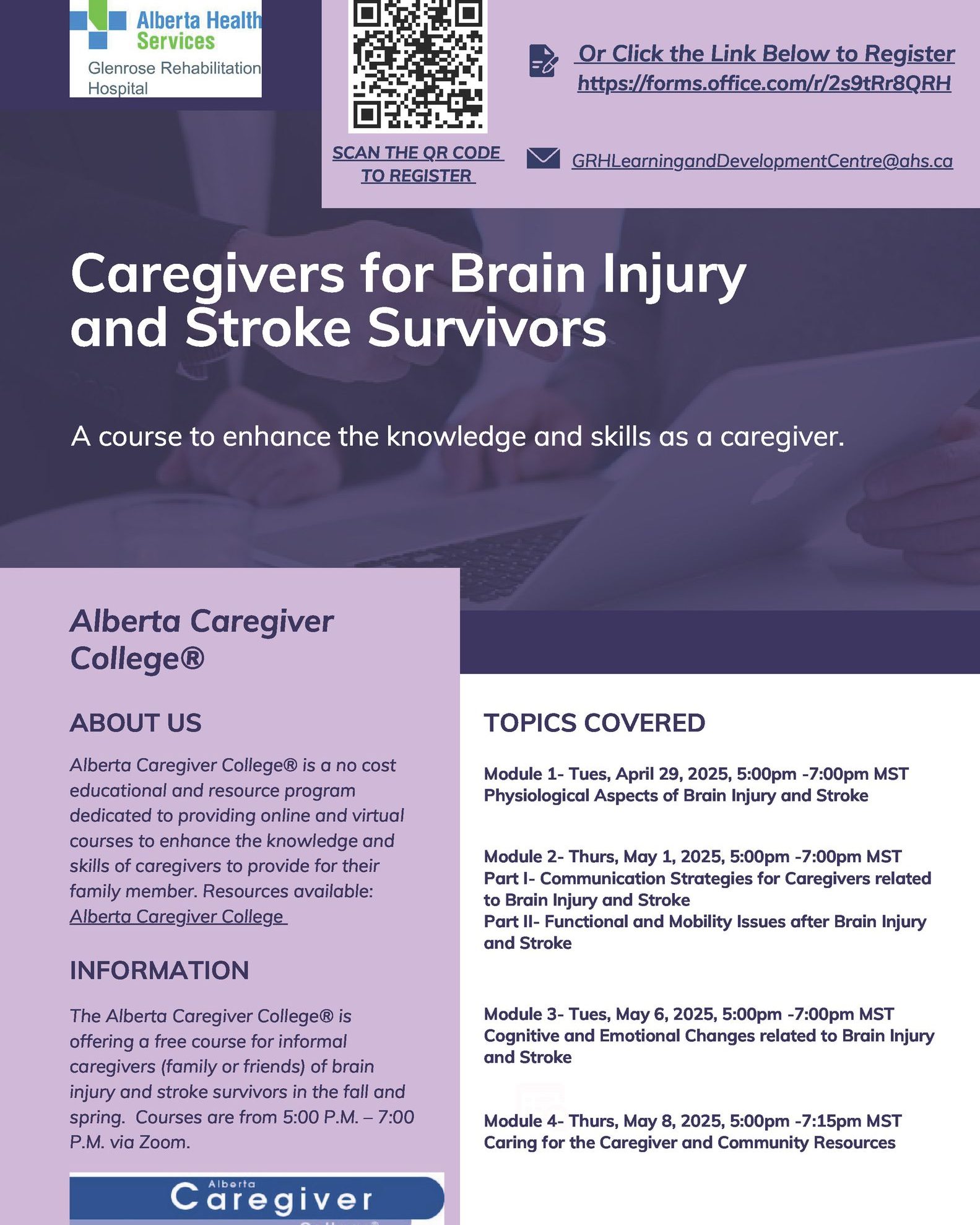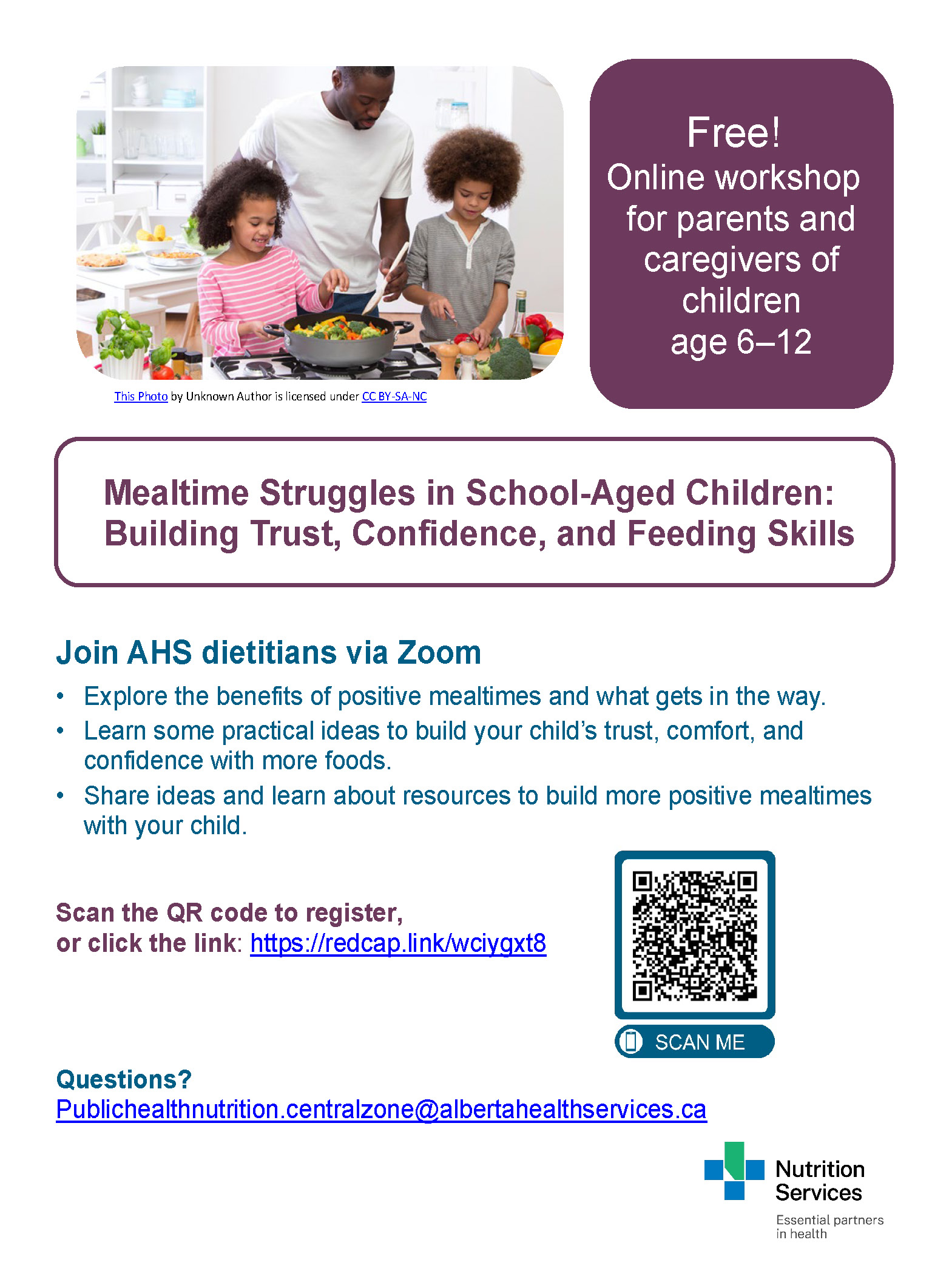GiveLifeAlberta
One organ donor can save up to eight lives and one tissue donor can dramatically improve up to 75 lives. April is National Organ and Tissue Donation Awareness Month – a time to honor those who have given the gift of life and to share your donation decision with those who need to know.
How to Act on Your Good Intentions
A deceased person can donate organs such as lungs, heart, kidneys and liver – and/ or tissues such as eyes, skin, bone and tendons. If you’re interested in leaving these gifts, please register your decision online at GiveLifeAlberta.ca or in person at a motor vehicle registry office. Donor cards don’t exist anymore; if you have signed the back of your Alberta Health card in the past, you are asked to join Alberta’s registry in one of the ways above.
Albertans are also encouraged to share their wishes with their loved ones. Generally, if someone is eligible to donate at the time of their death, the Give Life Alberta donation team will check the registry and inform their family about their donation decision. It will then be up to their family to decide if they’d like to proceed with donation or not. Many previous donor families have found that decision was easier if they knew what their loved one wanted.
Sharing Your Donation Decision
Donation discussions don’t need to be grim. The national award-winning Give Life Alberta public awareness campaign All the Ways portrays creative ways one could tell their family they’d like to be a donor; for example in the form of a cake, a card or even a t-shirt. Families could also spark the conversation by watching public awareness videos and real-life donor and transplant recipient stories on GiveLifeAlberta.ca
Constant Need for Organs and Tissues
While Alberta marked another record year in 2024 – with 317 deceased organ and tissue donors — there are more than 500 people waiting for life-saving transplants in our province. Last year, 33 people on the wait list died.
For contact information and to learn more about organ and tissue donation, visit https://www.albertahealthservices.ca/gf/Page18846.aspx
AHS wellness Article










